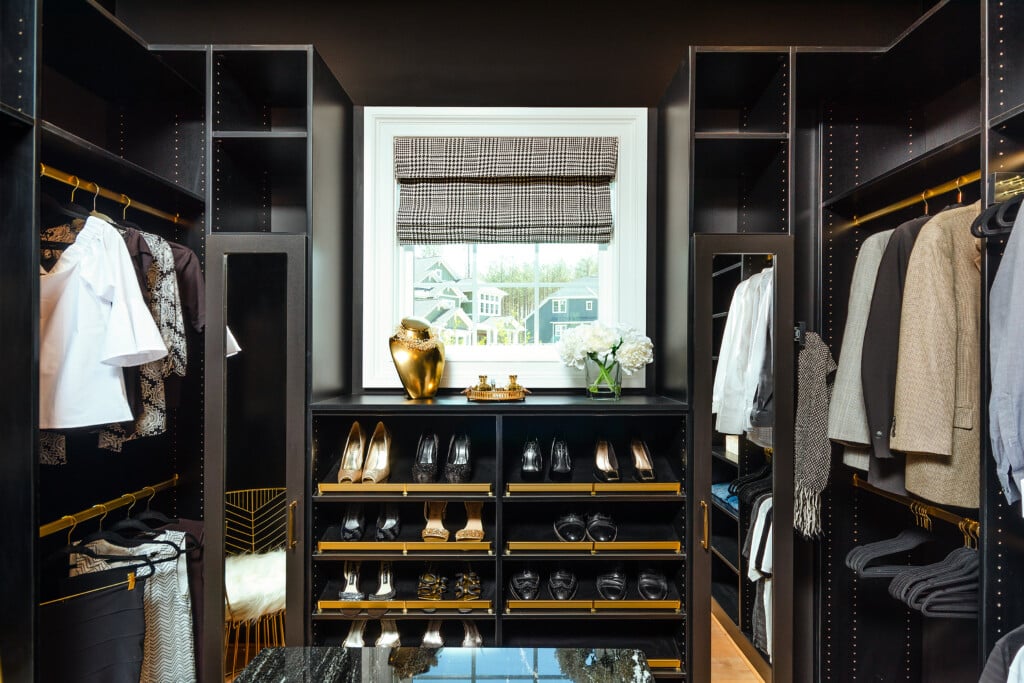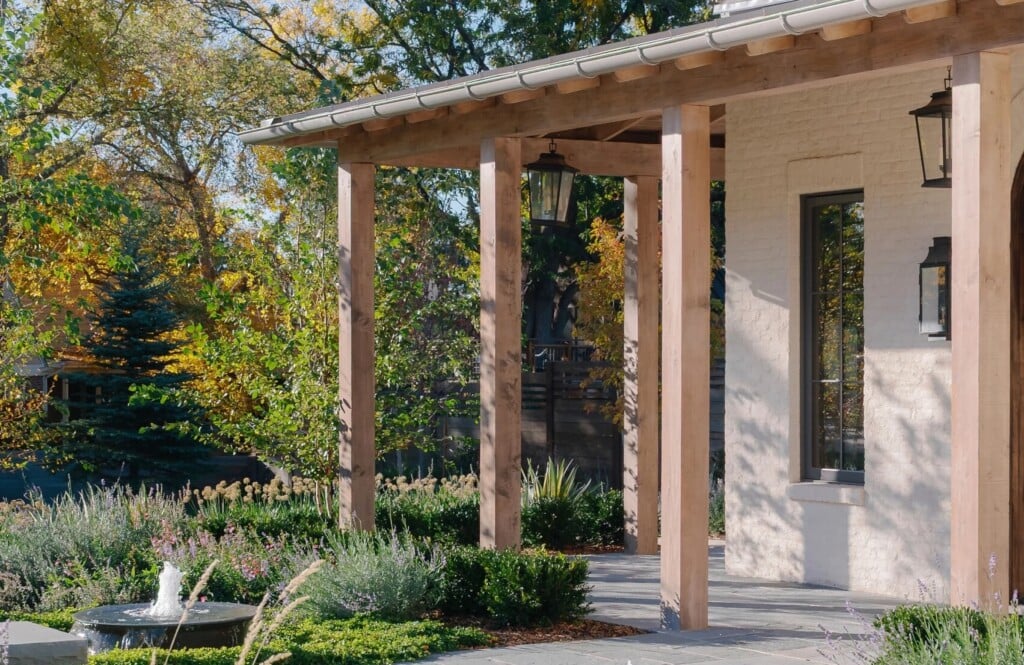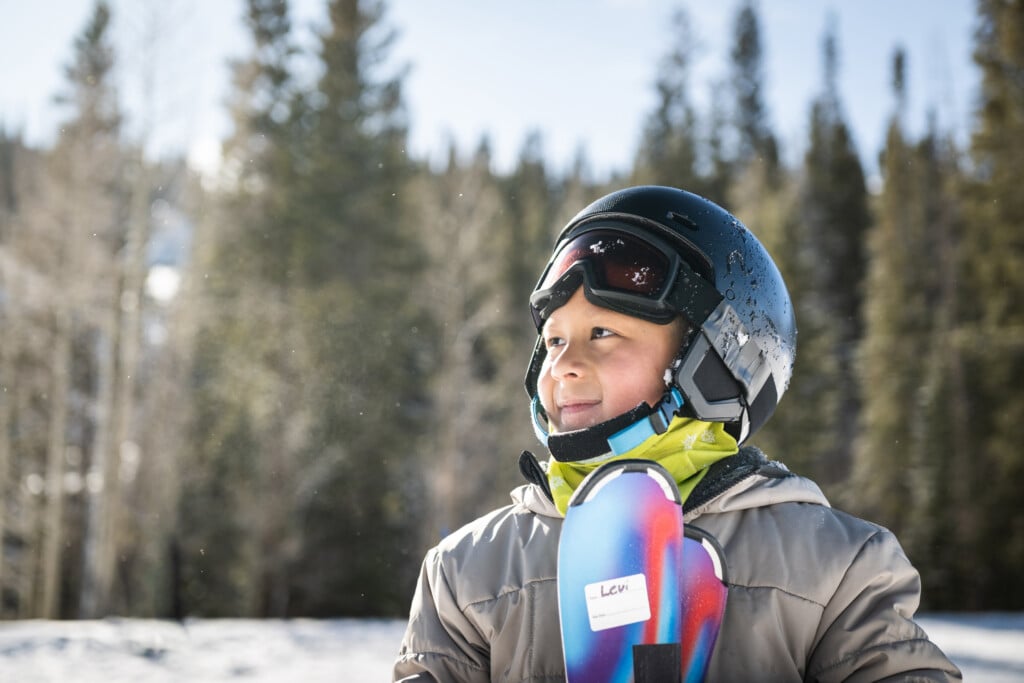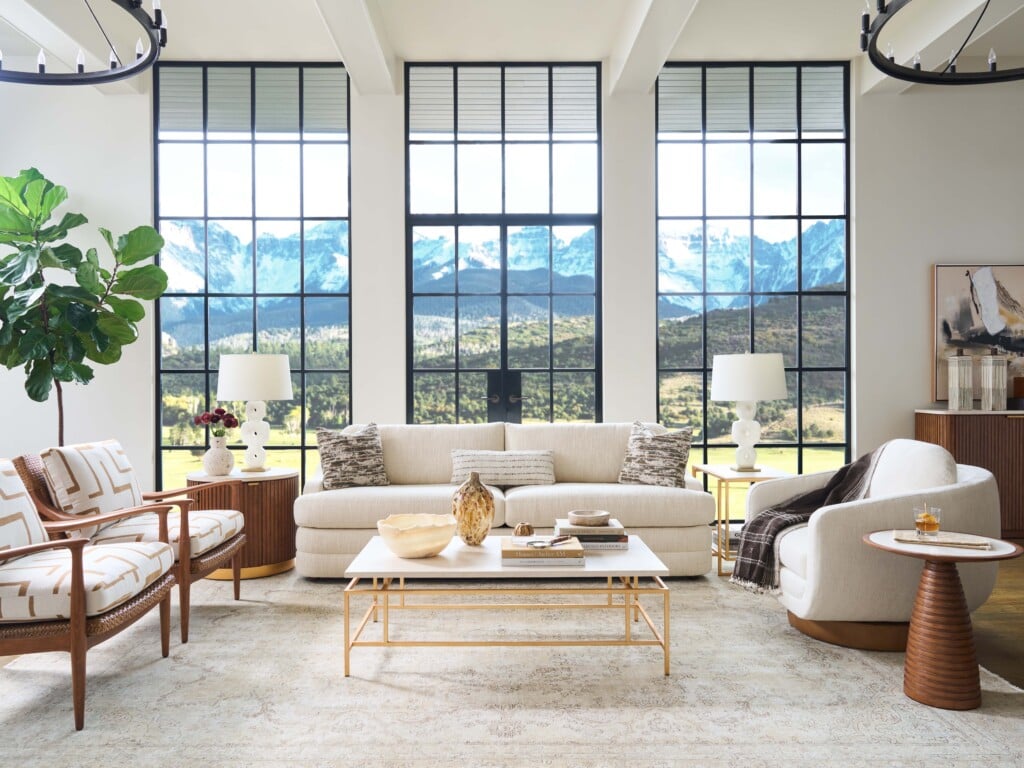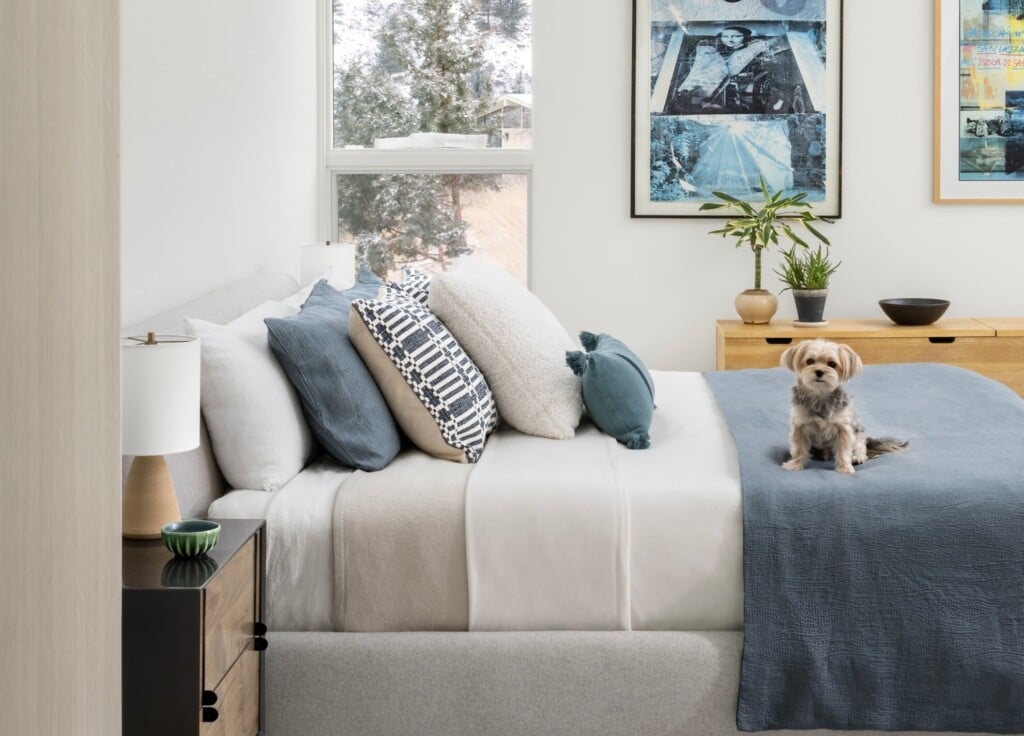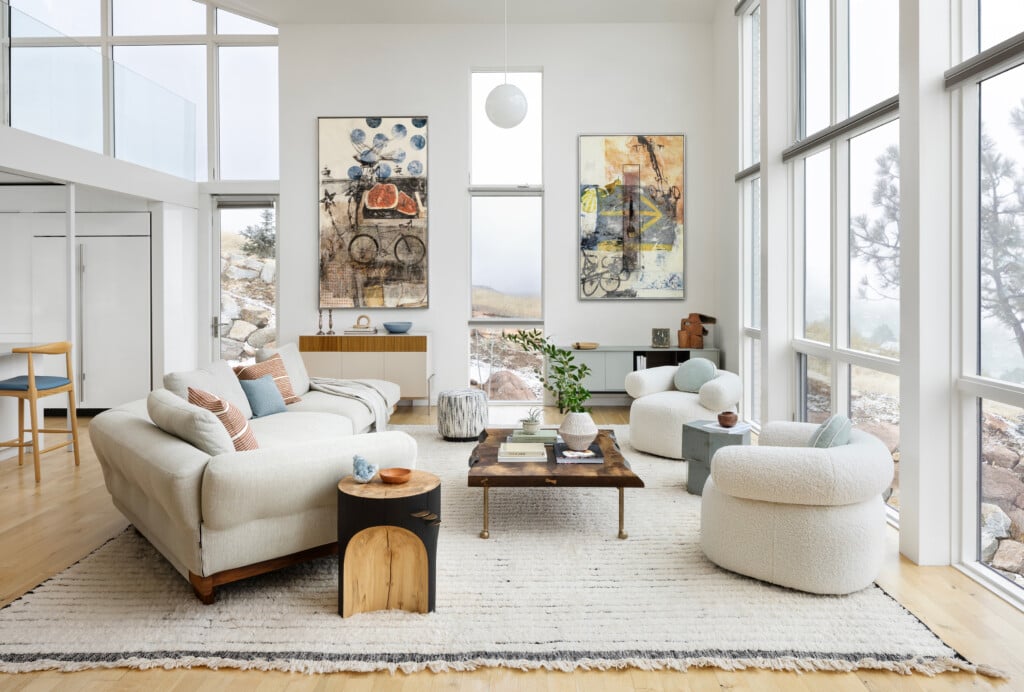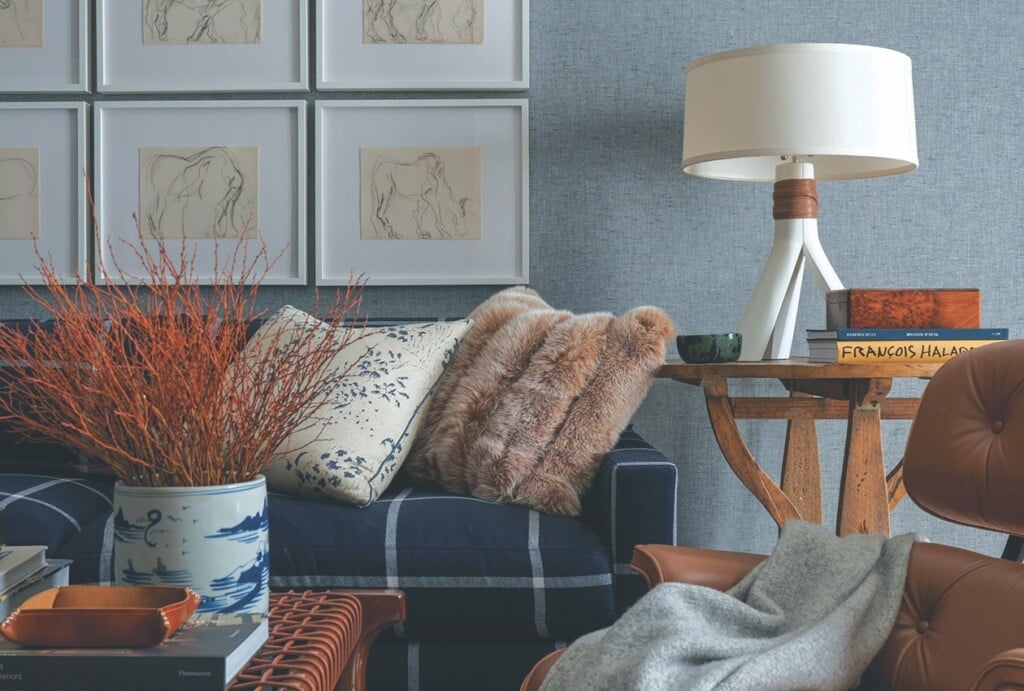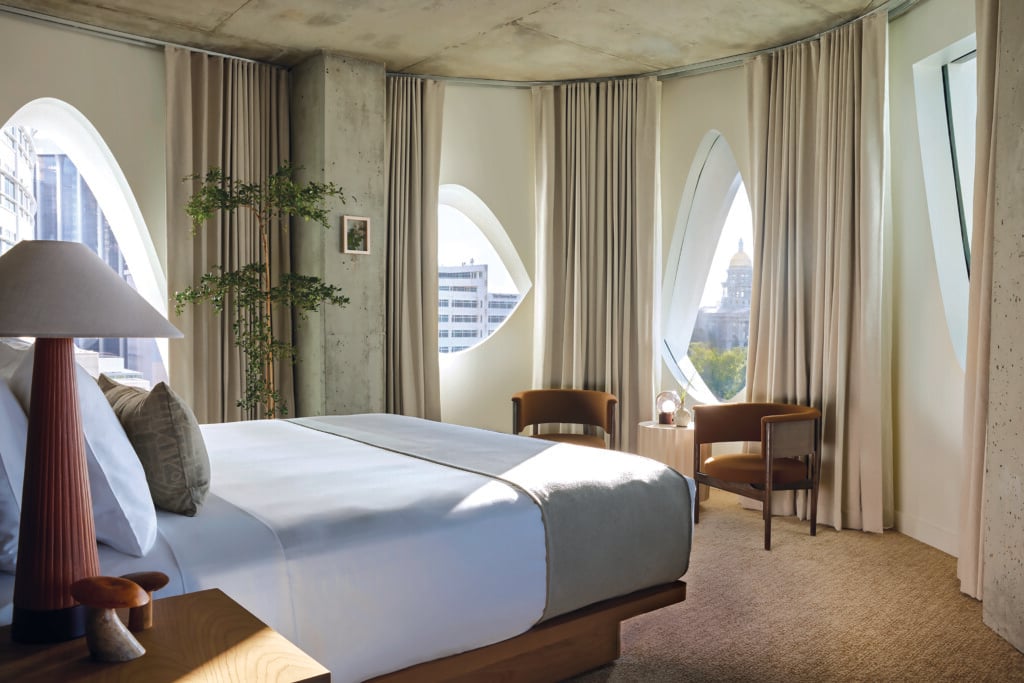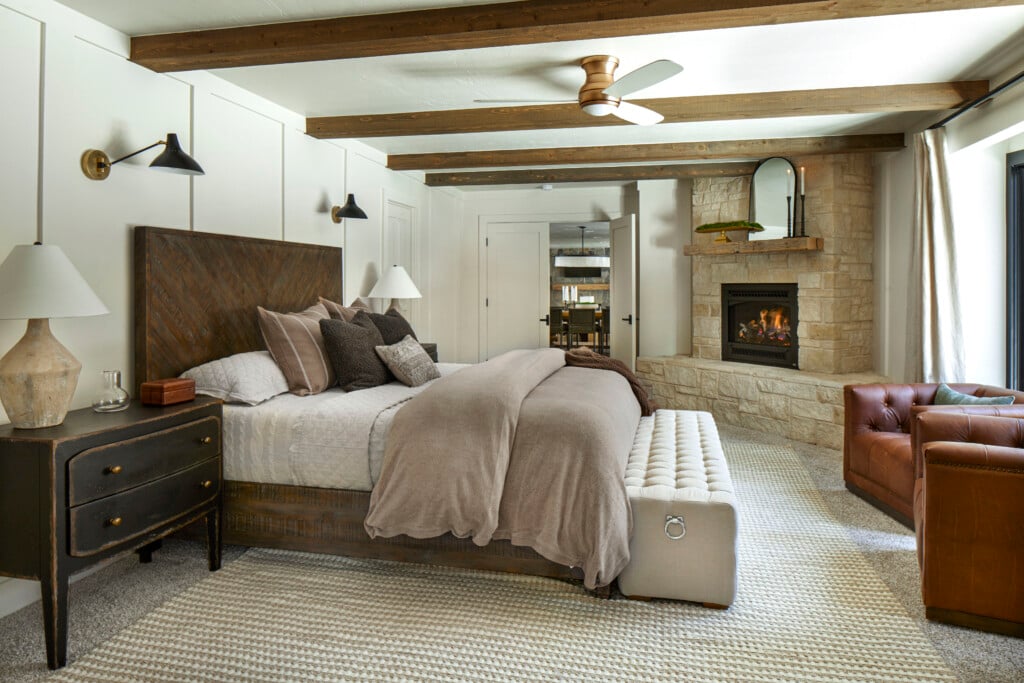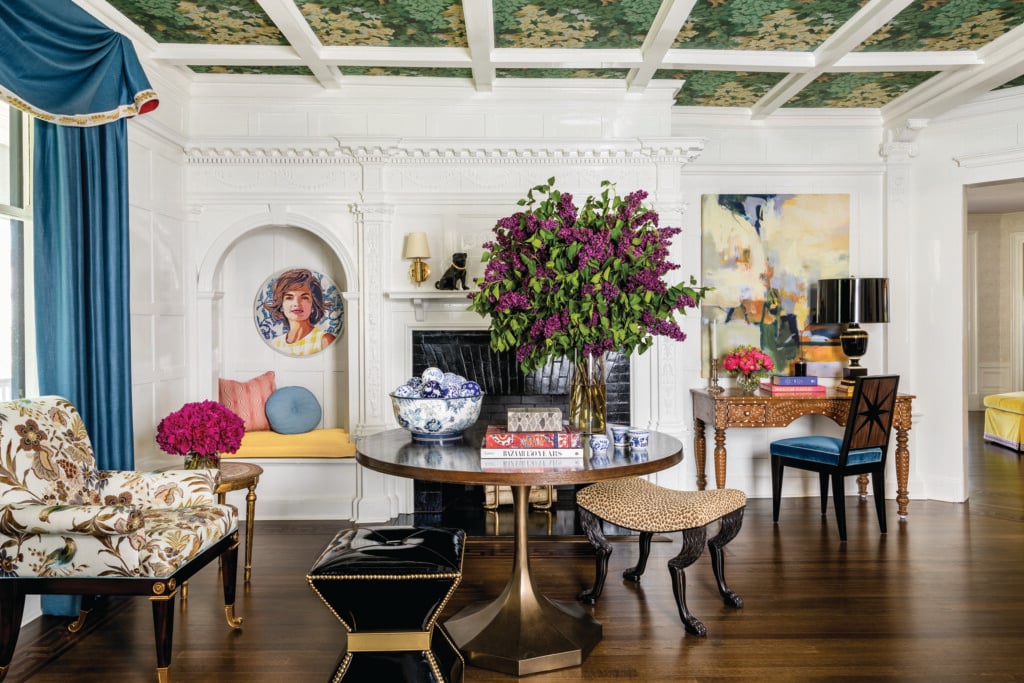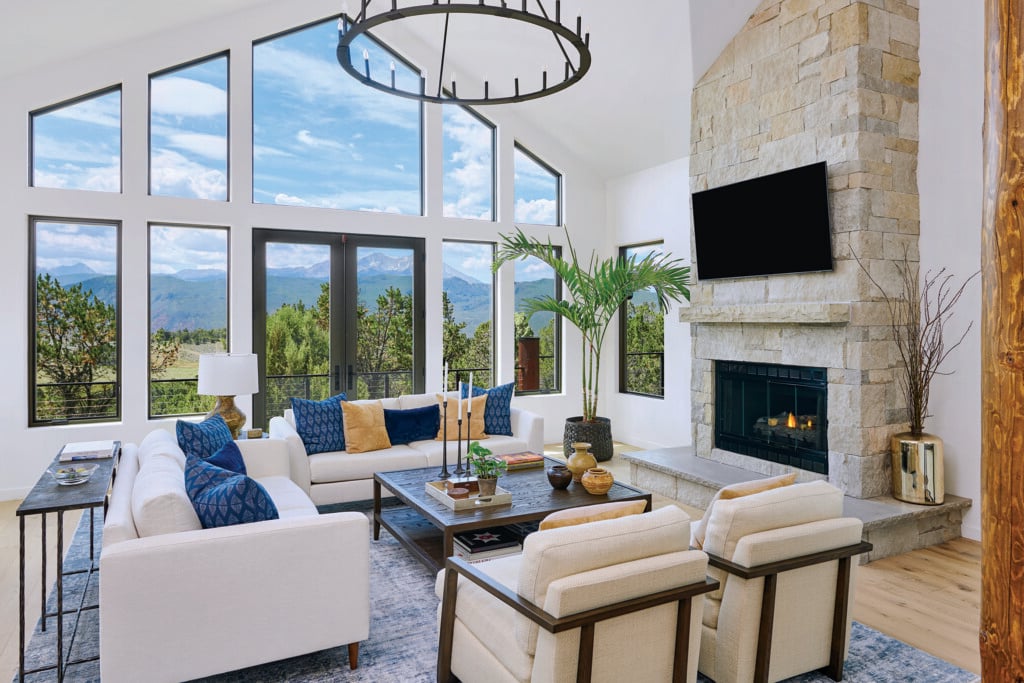How Preparation Makes for a Successful Landscape Design
Winter is the perfect time to reflect and dream big
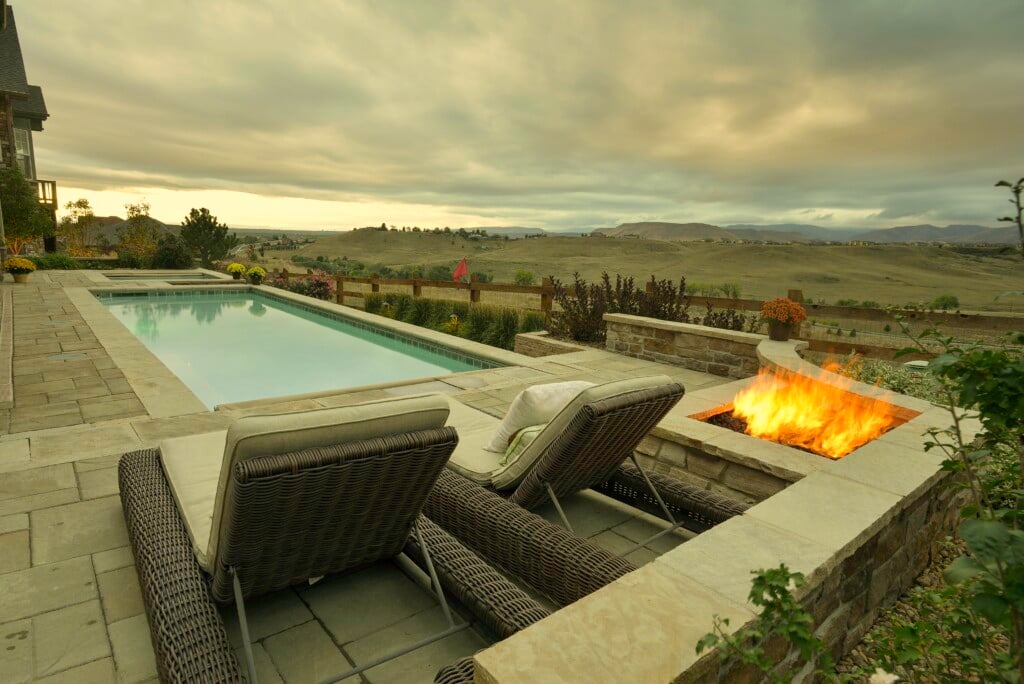
Sponsored Content
Bears, groundhogs, and even bees and bats all hibernate in the winter, whereas people participate in snow sports, do inside projects, and just dream of outdoor living. Hibernators completely focus on preparation during the fall. They eat, prepare their den, and eat more. Hibernators plan ahead in the fall.
When it comes to landscape design, people are not as good at preparation. We need to take our cues from the hibernators and prepare for not winter, but spring. We need to get our outdoor living, landscaping, and gardening plans going in the months of November, December and January so that when spring arrives we are prepared. All of important factors that go into a successful landscape design can all be done during the winter months. Preparation is key.
The advantages of getting a fall and winter start on your landscape design are many. First of all, landscape architects are not as busy. Schedules are less hectic, creating an atmosphere for creativity and innovation. As the client you are not pressured to make decisions and can take your time reviewing and commenting on design ideas and proposals. Budgeting, material choices, and other options can be explored.
Here, we highlight key elements to consider while staying warm inside.
Views
Your landscape needs to be considered from the inside as well as the outside. The yard and gardens will often be viewed from windows commonly used. Think of your windows and glass doors as picture frames with a foreground and background. Closer elements such as a small fountain, clusters of pots, and perennial flowers can be in front of larger elements such as a fire feature, a specimen tree, or even table and chairs can draw your eye deeper into the garden. Sight lines and amenities are important—think about what kind of view you’d like to see from your windows. Include privacy-blocking views with larger evergreen trees, or fencing with vines or a vertical garden.
Shade
We all like sun, especially during the winter. However, shade is just as important for afternoon and evening use. Take into consideration when you will be using your seating areas. Overhead shade will provide respite from the midday sun and west blocking shade will enhance the experience of evening use. Canopy trees, overhead pergolas and shade structures and awnings should be considered.
Seating areas
Patios located next to the kitchen and main living areas function well as dining areas, outdoor kitchens and transition spaces to the yard and gardens. Seating areas can also be out in the yard and gardens. There might be a shadier location for evening relaxing and even eating out away from the house. These areas can be paved with an informal material such as dry-laid stone, pavers with ground cover, and even crushed stone. Seating areas in the garden areas will get you closer to the flowering plants and provide destination and focal points within the plan.
Plantings
Your landscape architect designer will be able to propose a well-thought-out planting design to provide function and beauty. If you have favorite plants or trees, be sure to share them, as well as favorite colors. Specify the season and areas in which you spend the most time outdoors. That way, gardens can be prioritized for seasonal color. Also understand that this part of your garden can be the most exciting as it will evolve over time and the gardens can be added to and changed as everything matures.
Lighting
The winter months also give us a good reason to consider lighting in our landscape. The evenings are always dark, and it’s a good time to look outside and think about areas that need illumination. Security and safety can be handled with path lighting and spotlights on walls and fences. Uplighting into trees, onto sculptures and in water features will extend your enjoyment into the night. Low voltage LED lighting is very flexible in terms of zoning areas of the garden and separating path from uplights. In addition, many systems can be installed with color changing fixtures if desired.
Lifestyle
Last, but definitely not least, is your personal lifestyle. Form actually does follow function in landscape planning and design. While you’re staying warm by the fire, take note of how your family intends to use your space. Ask family members what would be on their wish list. Do you need areas for your children and what kind of spaces? Do you like to entertain and what size of parties and get togethers do you have? Are there any special pet needs or accommodations? Do you like to garden and do some maintenance or will you need to have a service? What kinds of amenities would you like to incorporate? Brainstorm different ideas and look through images on the internet to get inspirational ideas. Winter is the perfect time to put your dreams into action.
Dave Graham is one of the owners of Phase One Landscapes, a landscape design/build firm that has designed and built hundreds of landscapes over the last 30 years in Greater Metro Denver neighborhoods, Boulder, and along the Front Range. View their profile or contact them at 303.750.6060 to request an initial consultation.
Content for this article provided by Phase One Landscapes.













